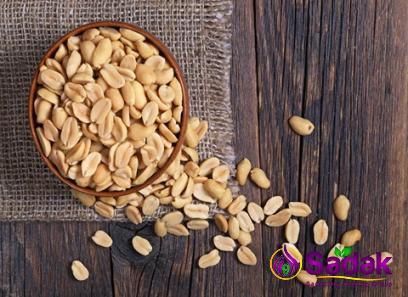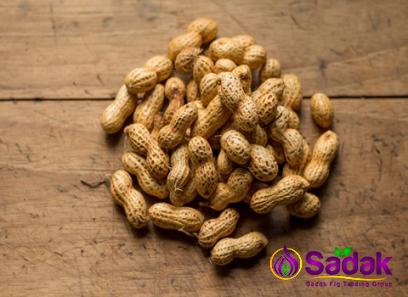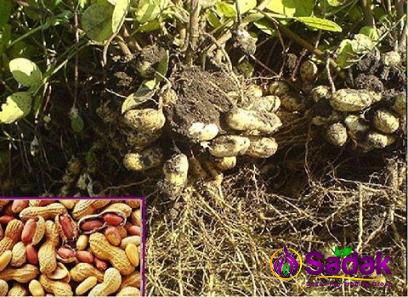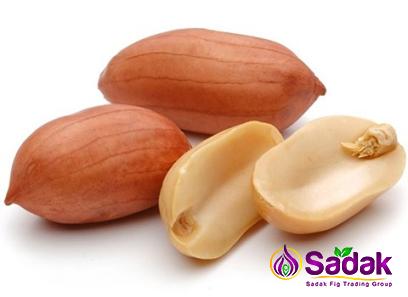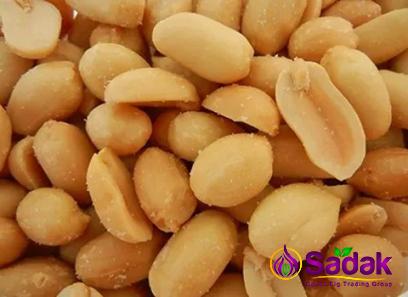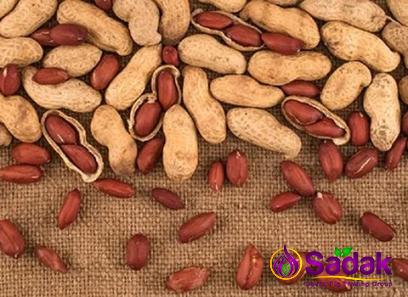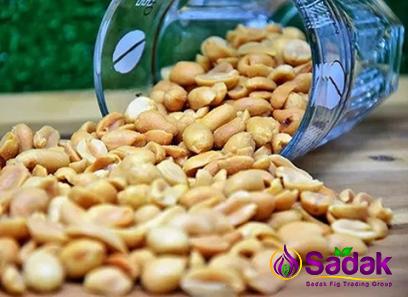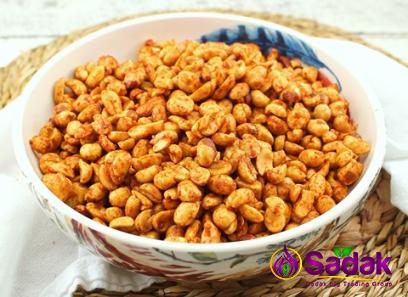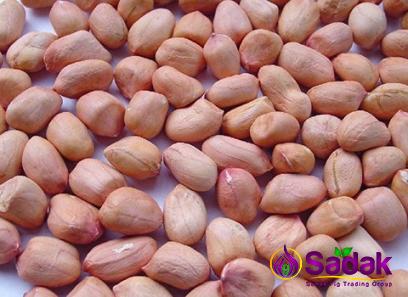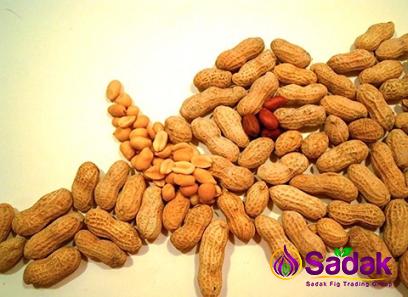The global cashew market has continued to experience significant growth in recent years, driven by increasing consumer demand for cashew nuts. Cashews are highly sought after due to their unique nutritional profile and their versatile use in various food products and dishes.
The global cashew market size is expected to reach a value of $10.2 billion by 2027, growing at a CAGR of 6.7% during the forecast period. Factors contributing to this growth include increasing consumer awareness about the health benefits of cashews, rising disposable incomes, and a growing preference for plant-based snacks.
Asia-Pacific is the largest consumer and producer of cashew nuts, accounting for a significant share of the global market. Vietnam is the largest exporter of cashews, followed by India and Ivory Coast. These countries possess favorable climatic conditions, availability of labor, and a well-developed cashew processing industry.
The rising popularity of cashews can be attributed to their rich nutritional content, which includes vitamins, minerals, healthy fats, and antioxidants. Cashews are known to promote heart health, aid in weight management, and support eye health. Additionally, they are a good source of protein, making them an appealing snack choice for health-conscious individuals.
The food processing industry is the largest consumer of cashews, utilizing them in a wide variety of products such as snacks, bakery goods, confectionery, and nut butters. Cashews are also used in the production of vegan and plant-based products as a substitute for dairy and meat ingredients. The growing trend of veganism and the demand for natural and healthy snacks have contributed to the increased use of cashews in the food industry.
The snack food industry has witnessed a surge in demand for healthy and convenient snacks, driving the growth of the cashew market. Cashews are a preferred choice among consumers due to their rich flavor, crunchy texture, and the availability of various flavors such as salted, roasted, and flavored variants. Snack manufacturers are increasingly incorporating cashews into their product portfolios, catering to the growing demand for premium snacks.
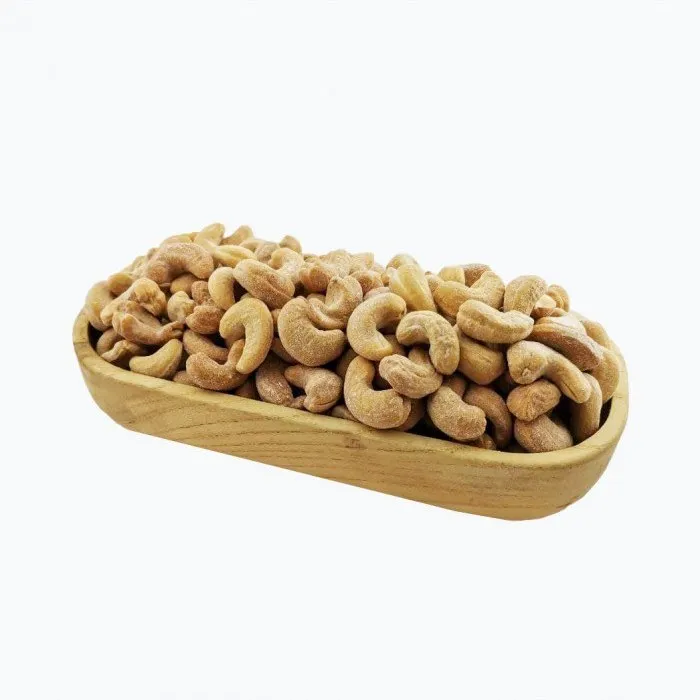
Furthermore, the cosmetic industry is another end-user of cashew derivatives. Cashew oil and butter are used in the formulation of skincare and haircare products due to their moisturizing and nourishing properties. The demand for natural and organic personal care products has increased in recent years, further driving the use of cashew derivatives in the cosmetic industry.
However, the global cashew market also faces challenges such as price fluctuations, climate-related risks, and competition from other nuts and snacks. The price of cashews is influenced by factors such as crop yield, production volume, and export/import regulations. Fluctuations in the price of cashews can impact the profitability of market players, affecting the overall market growth.
Climate-related risks, including drought, pests, and diseases, can significantly impact cashew production, leading to supply shortages and increased prices. Cashew trees are vulnerable to various pests and diseases, such as black molds and pests like stem and root borers. These factors pose a threat to the cashew industry and require continuous research and development efforts for effective management and prevention.
Furthermore, competition from other nuts, such as almonds and walnuts, as well as other snack options, presents a challenge to the cashew market. Consumers have a wide range of choices when it comes to snack options, and market players need to innovate and differentiate their products to stay competitive.
To meet the growing global demand for cashews, market players are focused on expanding cashew cultivation, improving processing techniques, and implementing sustainable farming practices. Sustainable sourcing, fair trade, and organic certifications have become important factors influencing consumer purchasing decisions. Market players are adopting these practices to cater to the rising demand for ethically and sustainably produced cashews.
In conclusion, the global cashew market is witnessing robust growth driven by increasing consumer demand for healthy and convenient snacks. The market is expected to continue growing, with Asia-Pacific leading in consumption and production. However, the industry faces challenges such as price fluctuations, climate-related risks, and competition from other nuts and snacks. Market players need to focus on innovation, sustainable practices, and differentiation to stay competitive in the global cashew market.Title: Global Cashew Market: Trends, Opportunities, and Challenges
Introduction:

The global cashew market has witnessed substantial growth in recent years, driven by increasing consumer demand for the nutritional and versatile cashew nut. This article explores the key trends, opportunities, and challenges shaping the global cashew market, highlighting the factors driving its growth and the measures market players are taking to address challenges.
1. Increasing Consumer Awareness and Health Benefits:
The growing awareness about the health benefits of cashews is a key driver of market growth. Cashews are rich in essential nutrients, including vitamins, minerals, healthy fats, and antioxidants. They are known to promote heart health, aid in weight management, and support eye health. As consumers prioritize healthier food choices, cashews have gained popularity as a nutritious and delicious snack option.
2. Rising Disposable Incomes and Changing Consumer Lifestyles:
Increasing disposable incomes, particularly in emerging economies, have led to a rise in consumer expenditure on premium and healthy food products. Additionally, changing consumer lifestyles, characterized by busy schedules and a demand for convenience, have fueled the demand for on-the-go snacks. Cashews, with their portability and long shelf life, have emerged as a popular choice for health-conscious consumers.
3. Preference for Plant-based Snacks and Vegan Alternatives:
The global shift towards plant-based diets and the rising popularity of veganism have contributed to the growth of the cashew market. Cashews are widely used in the production of vegan and plant-based snacks, as well as dairy and meat alternatives. Their creamy texture and mild flavor make them an ideal ingredient for vegan cheese, plant-based yogurts, and desserts.
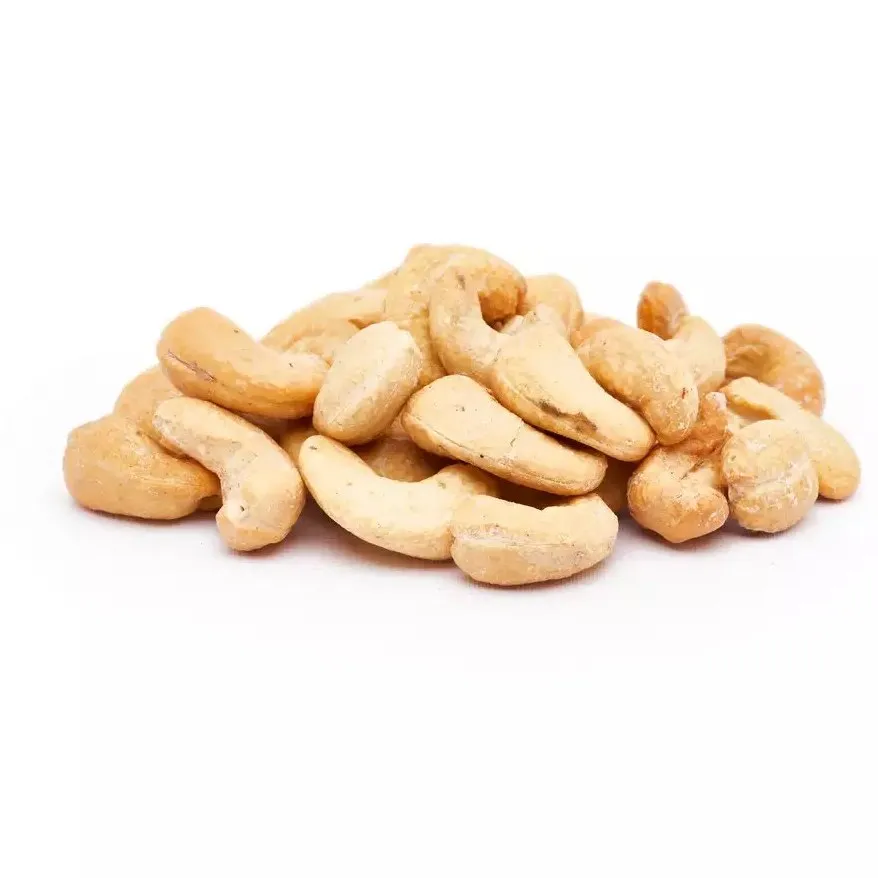
4. Asia-Pacific Dominance in Consumption and Production:
Asia-Pacific is the largest consumer and producer of cashew nuts, accounting for a significant share of the global market. Vietnam is the leading exporter of cashews, followed by India and Ivory Coast. These countries benefit from favorable climatic conditions, availability of labor, and well-developed cashew processing industries. The region’s dominance in cashew production is expected to continue due to its competitive advantage.
5. Growing Demand from the Food Processing Industry:
The food processing industry is the largest consumer of cashew nuts, utilizing them in a wide range of products. Cashews are used in snacks, bakery goods, confectionery, and nut butters, among other applications. Cashews’ versatility and rich flavor make them an attractive ingredient for food manufacturers. The growing trend of healthy snacking and the demand for natural and plant-based ingredients have further driven the use of cashews in the food industry.
6. Surge in Demand for Premium Snacks:
The snack food industry has witnessed a significant rise in demand for premium and gourmet snack options. Cashews, with their luxurious taste and crunchy texture, have become an integral component of premium snack offerings. Market players are meeting this demand by incorporating cashews into their product portfolios, offering a wide variety of flavored and value-added cashew snacks to cater to diverse consumer preferences.
7. Increasing Use of Cashew Derivatives in the Cosmetic Industry:
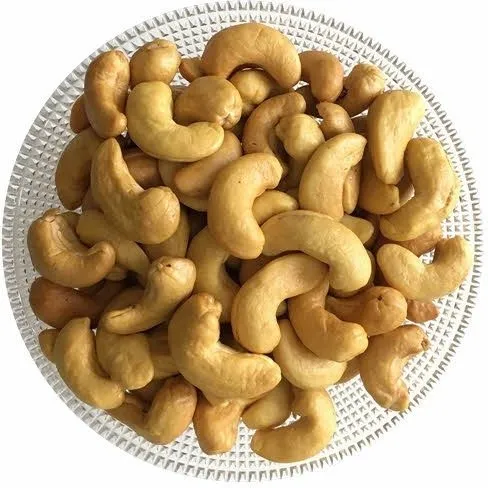
Cashew derivatives, including cashew oil and butter, are gaining popularity in the cosmetic industry. These derivatives are used in the formulation of skincare and haircare products due to their moisturizing and nourishing properties. The demand for natural and organic personal care products has expanded, driving the use of cashew derivatives as functional ingredients.
8. Price Fluctuations and Market Volatility:
One of the significant challenges for the cashew market is price fluctuations, which can impact the profitability of market players. Cashew prices are influenced by factors such as crop yield, production volume, and export/import regulations. Additionally, currency exchange rates and global economic conditions can affect cashew prices, making price forecasting and risk management crucial for market participants.
9. Climate-Related Risks and Sustainable Farming Practices:
Cashew cultivation is susceptible to climate-related risks, including drought, pests, and diseases. Climate change poses a threat to cashew production, leading to supply shortages and increased prices. Market players are focusing on implementing sustainable farming practices, such as efficient irrigation systems, pest control management, and soil conservation measures, to mitigate climate-related risks and ensure a stable supply chain.
10. Competitive Landscape and Market Differentiation:
Competition from other nuts, such as almonds and walnuts, as well as alternative snack options, poses a challenge to the cashew market. To stay competitive, market players need to differentiate their offerings through innovative product development, unique flavors, and packaging designs. Additionally, obtaining certifications for sustainable and ethical sourcing can enhance market positions and appeal to conscious consumers.

Conclusion:
The global cashew market is experiencing robust growth, driven by increasing consumer awareness of the health benefits, rising disposable incomes, and the preference for plant-based snacks. Market players are leveraging these opportunities by expanding cashew cultivation, improving processing techniques, and meeting the demand for premium snacks and vegan alternatives. However, challenges such as price fluctuations, climate-related risks, and competition require continuous innovation, sustainable practices, and differentiation to thrive in the global cashew market.
